How Grease Is Made? | JCT Machinery
 Jan 16,2024
Jan 16,2024

 JCT
JCT
Many people want to know how grease is made. The following steps are the basic process for general grease production. The actual production process may vary depending on the manufacturer, product type and formulation.
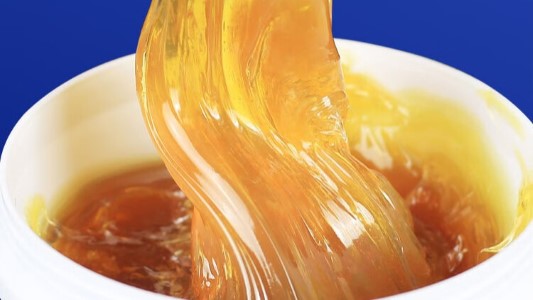
1. Raw Material Preparation
• Base oil: Choose an appropriate base oil, usually mineral or synthetic. Different types of base oils can affect grease performance.
• Thickener: Choose a suitable thickener, such as lithium-based, calcium-based, aluminum-based, polyester-based, etc. The choice of thickener affects the viscosity and temperature resistance of the grease.
• Additives: Add some special additives, such as antioxidants, anti-corrosion agents, anti-wear agents, etc., to improve the performance of the grease.
2. Mixing and Preprocessing
Add the base oil and thickener to the reactor and start mixing. Can be heated to improve mixing. During the mixing process, the additives are gradually added and mixed.
3. Reaction and Processing
After mixing is complete, the grease's reaction and processing steps proceed. This may involve special reaction conditions such as heating, stirring, etc. Ensure the uniformity and quality of the grease by adjusting parameters such as temperature and stirring speed.
4. Cooling and Shaping
The grease obtained by the reaction is cooled to an appropriate temperature to solidify. Grease can be formed into the desires shape, such as sheets, blocks or pastes, by extrusion, injection or other molding processes.
5. Packaging
Grease is packaged, usually in tubes, barrels or boxes. When packaging, care must be taken to avoid the mixing of impurities and foreign matter.
6. Quality Inspection
Conduct quality testing, including viscosity, anti-wear, high temperature resistance and other performance tests to ensure that the grease meets specified standards.


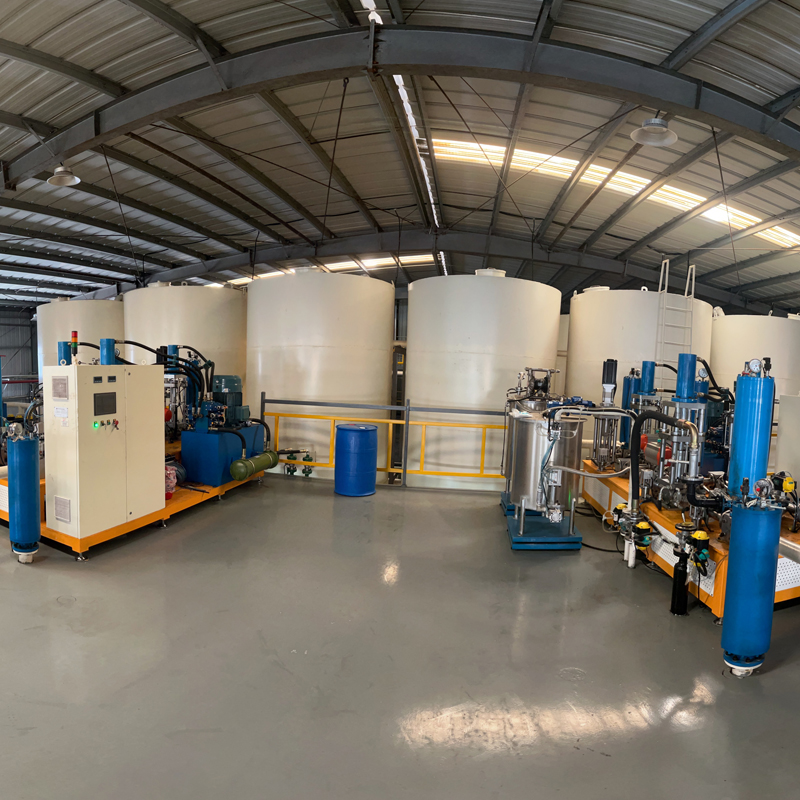
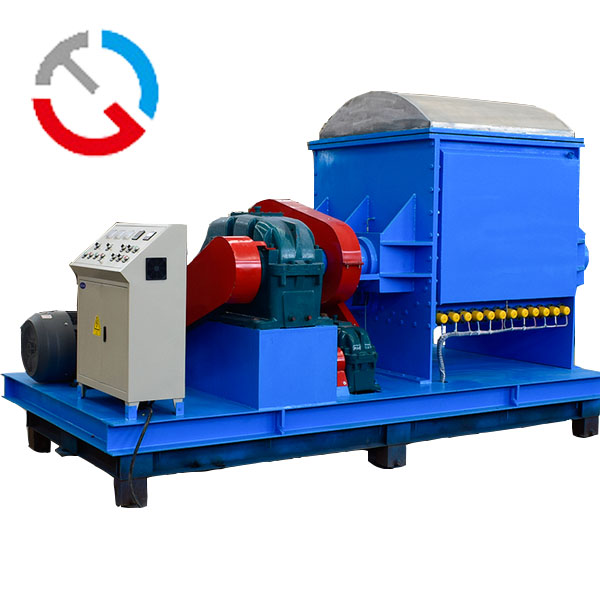
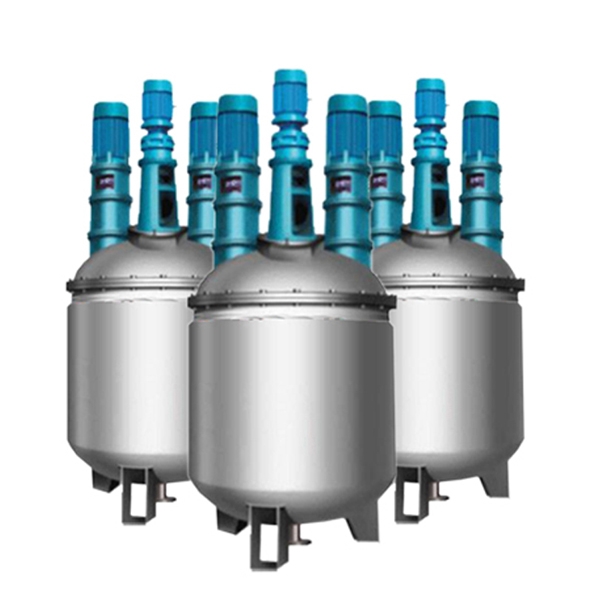
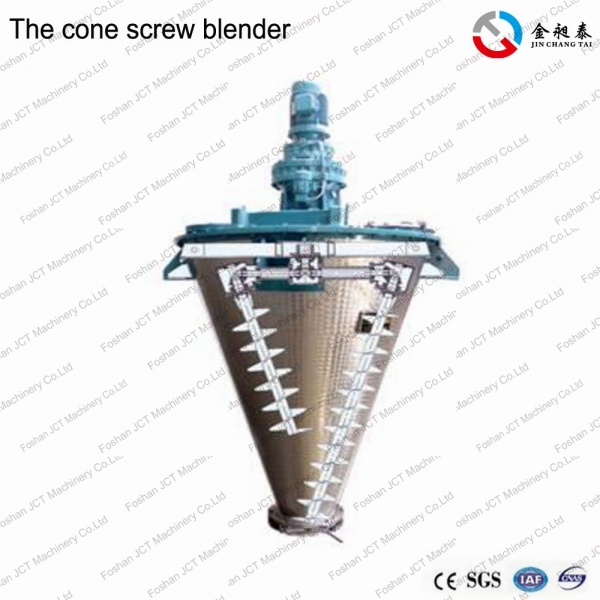


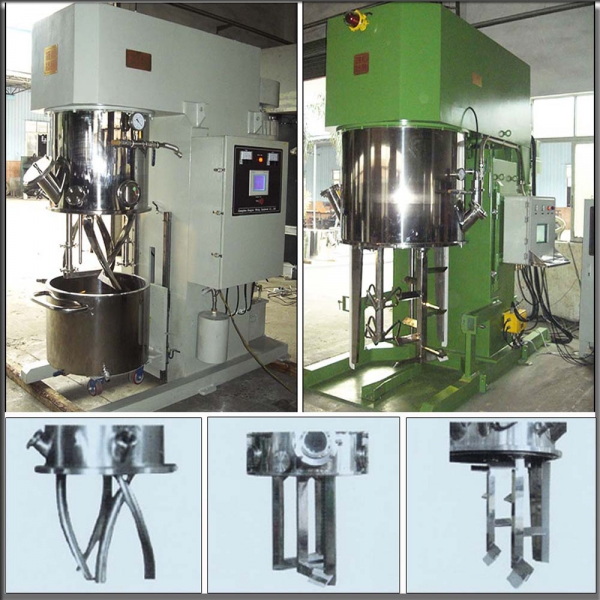





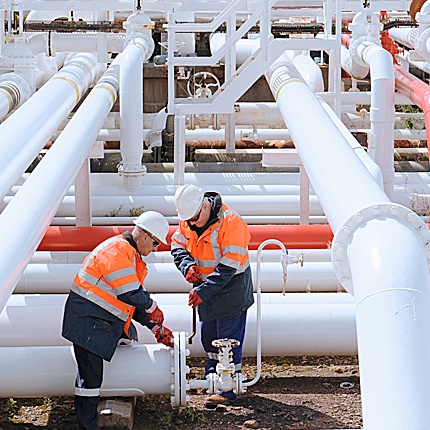

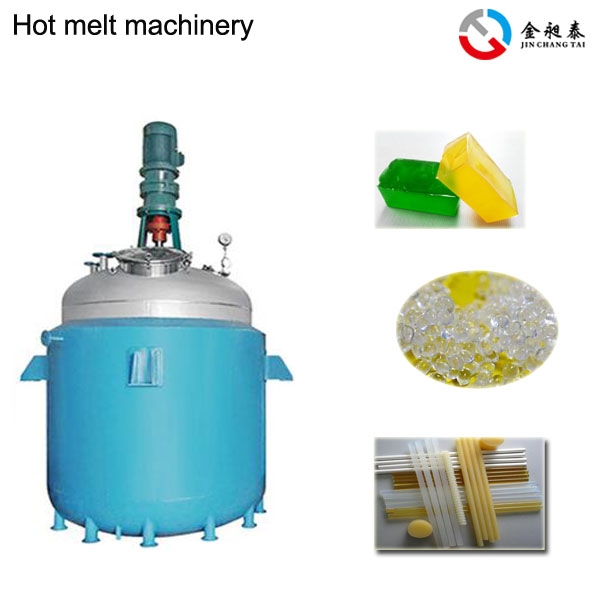
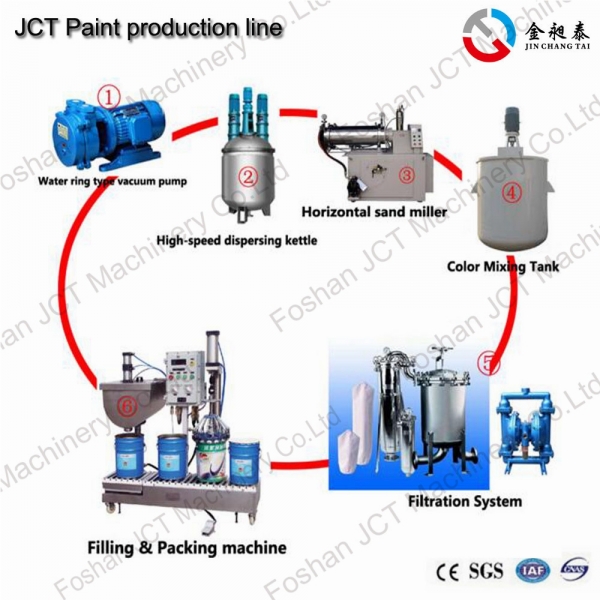
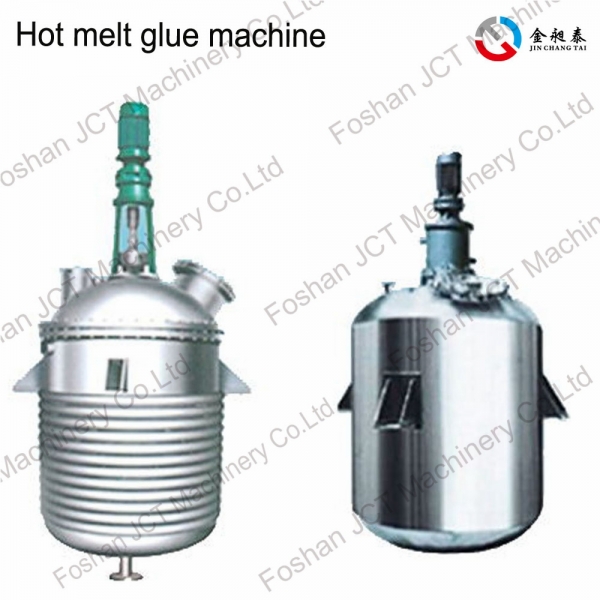
 CN
CN
 HOME
HOME Reactor Stirrer Types | JCT Machinery
Reactor Stirrer Types | JCT Machinery  You May Also Like
You May Also Like
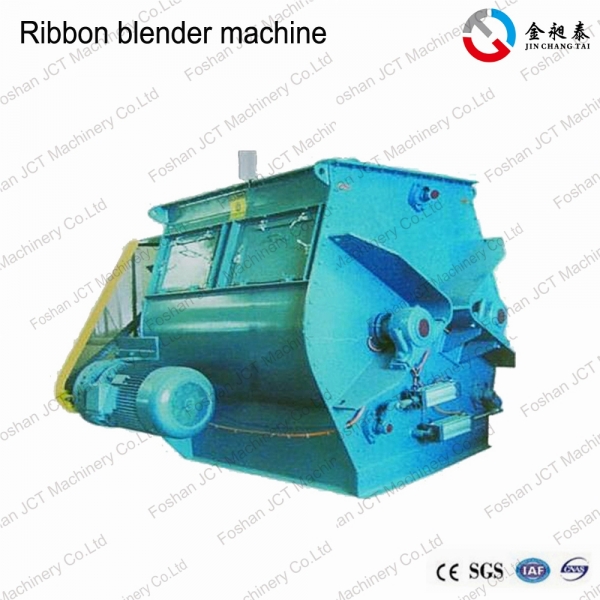

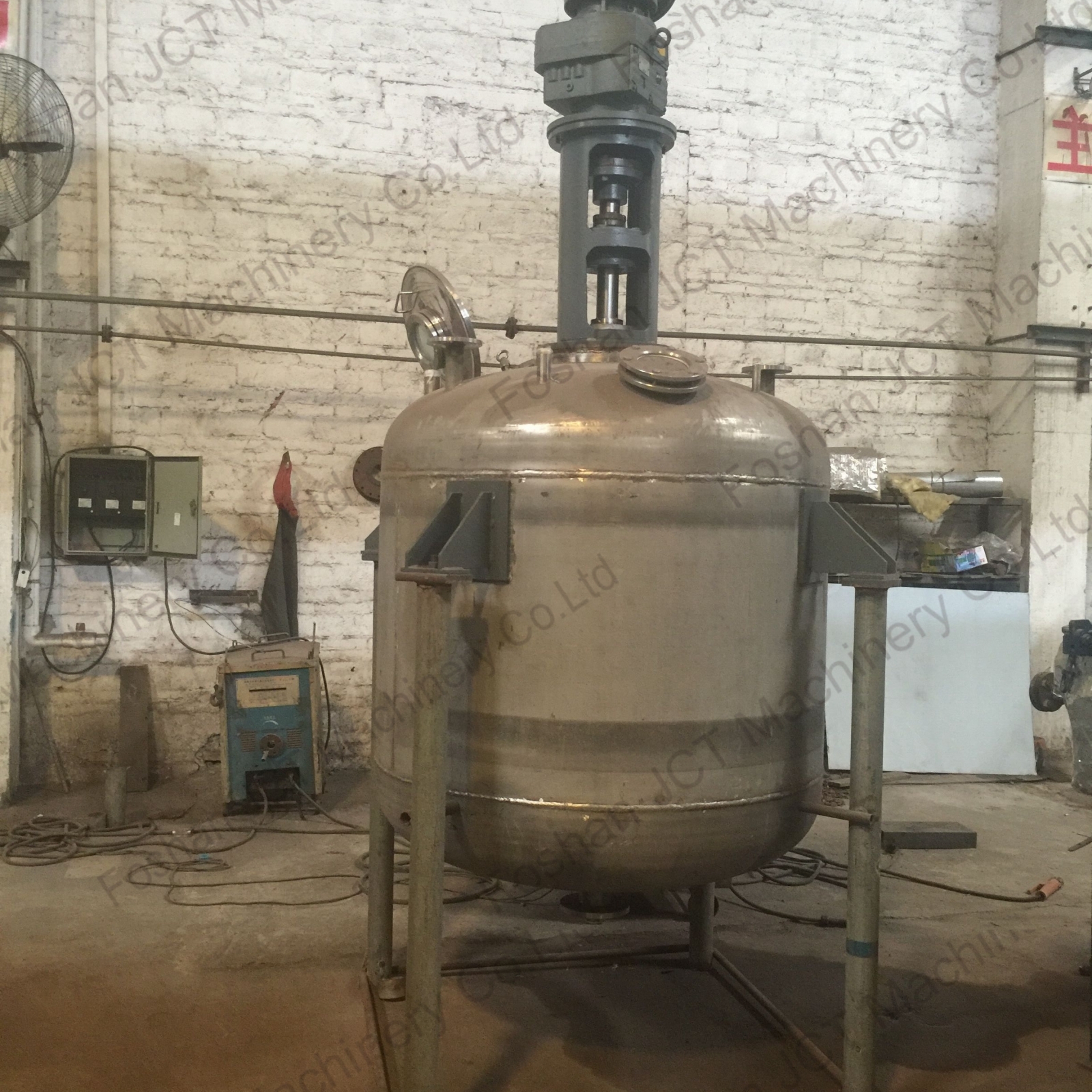
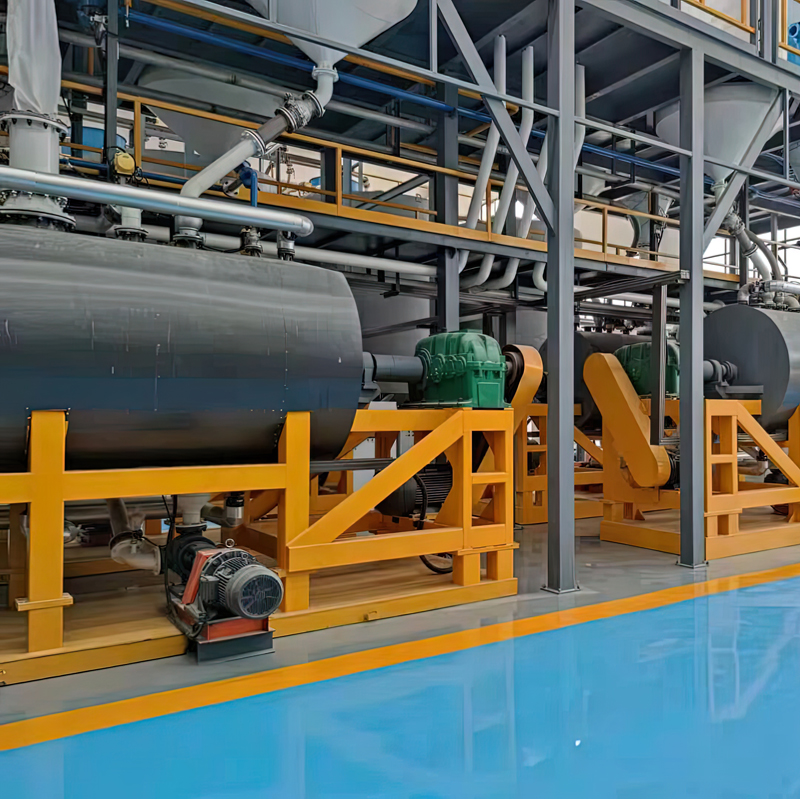
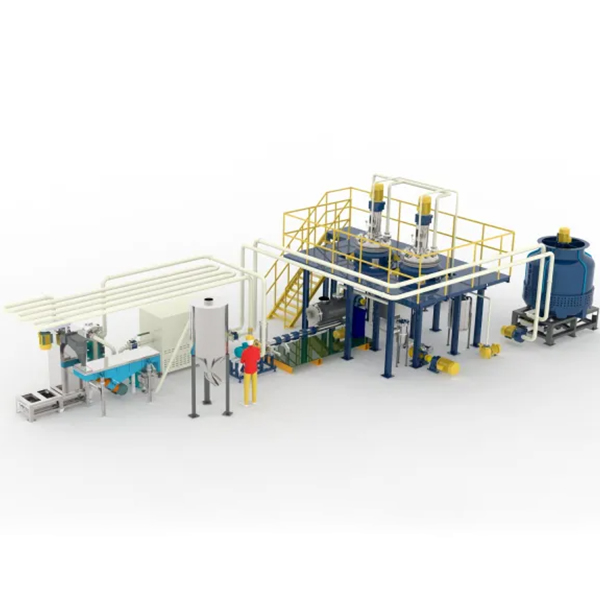

 Tel
Tel
 Email
Email
 Address
Address










